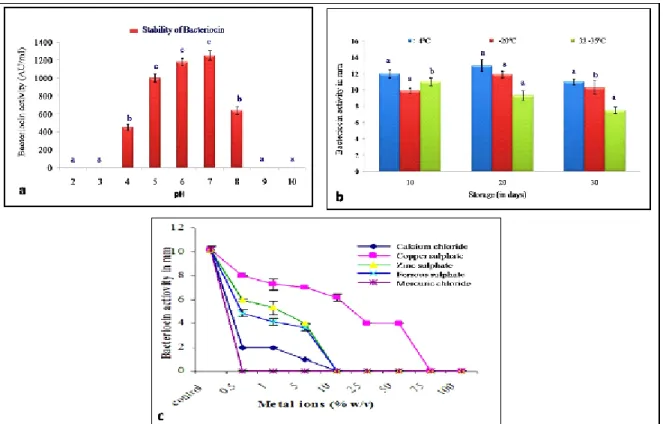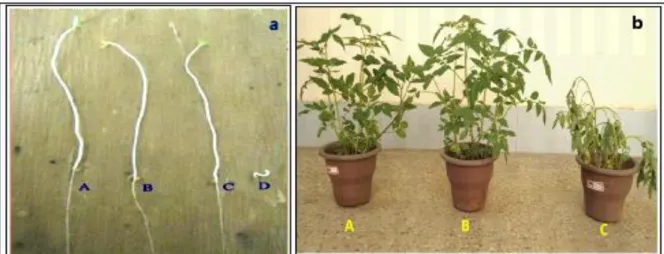Characterization of bacteriocin from lactic acid bacteria and its antibacterial activity against Ralstonia solanacearum causing tomato wilt
Full text
Figure
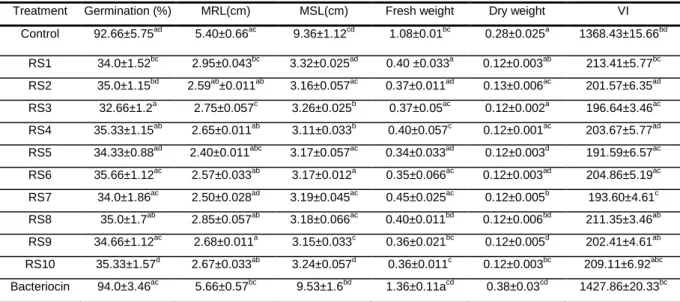
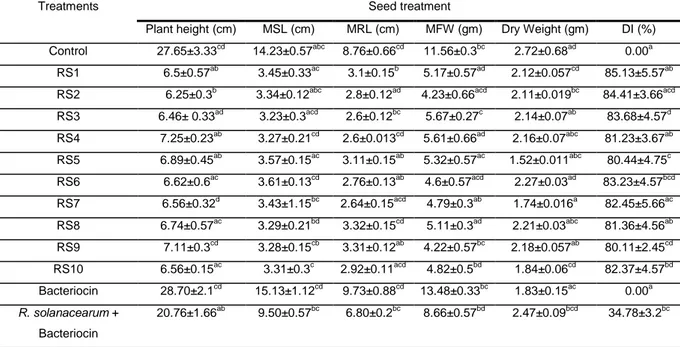
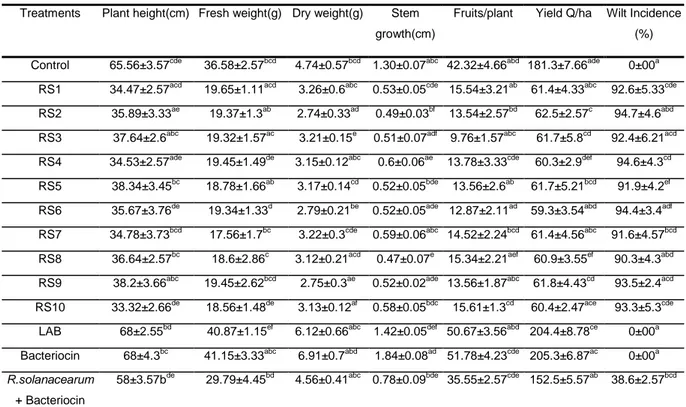
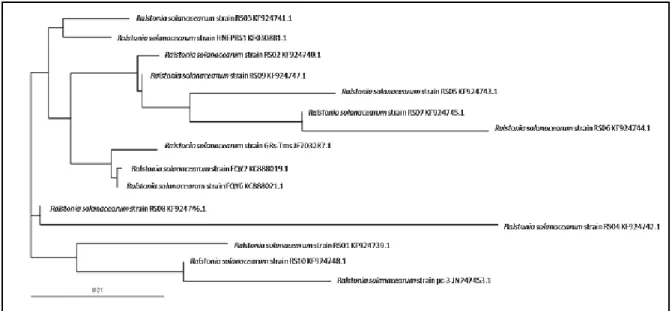
Related documents
Adding formaldehyde to the PVA/CS blend lead to increase the tensile strength and elongation to break, water resistance and reducing weight loss during enzymatic immersion
combines all of the essential language skills (listening, reading, speaking, and writing),.. students will build confidence and thus become empowered and
The theoretical analysis is performed based on a hypoid gear set generated by using the duplex helical method. The design parameters for the face- milled hypoid gear set are listed
Le Conseil d'Administration est investi des pouvoirs les plus 4tendus pour prendre routes d4cisions qui ne sont pas r6serv6es h l'assembl6e g4n6rale.. I1 se prononce
Diane Minard, Meriden Congregational Church UCC Anne Cragin, Meriden Congregational Church UCC Glen Greenough, Meriden Congregational Church UCC Christine Greenough,
Using a phased cross-sectional design, the present study's results supported the hypotheses that more pronounced eveningness was associated with poorer sleep quality,
Consistent with this prediction, the current study found that greater sleep-wake problems (but not daytime sleepiness) predicted increased use of expressive suppression,
